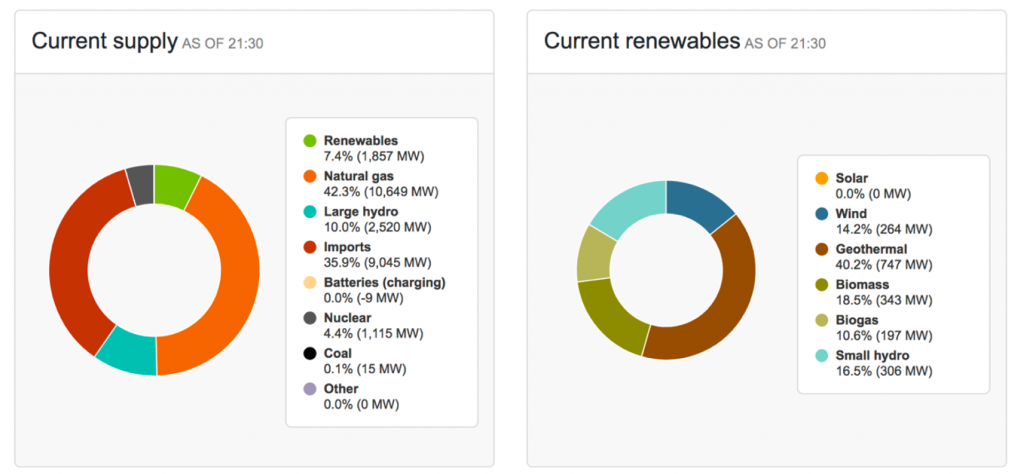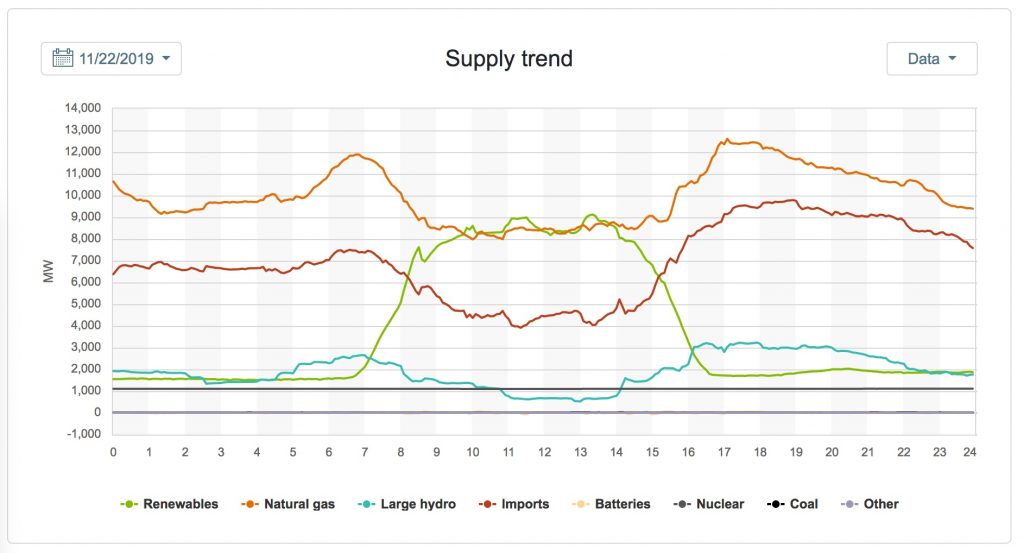Adopt true, transparent carbon accounting
Aggressive carbon reduction targets rarely reflect the physical constraint of keeping the grid in balance. To make good policy decisions, carbon analysis must match load and supply on an hourly basis, not annually.
Electric power must be produced and consumed simultaneously
(AKA coincident supply and demand)
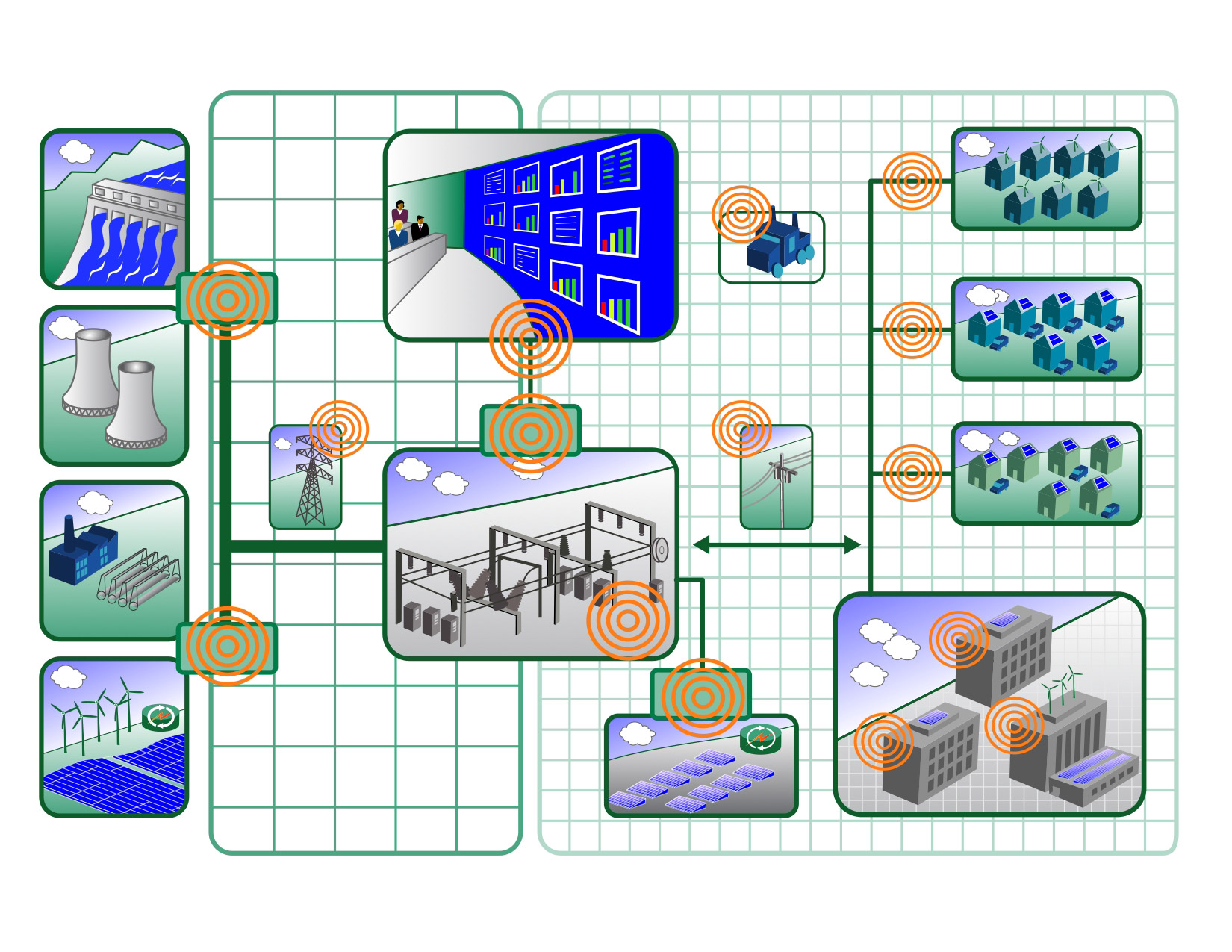
To have a significant impact on coincident demand and supply, more storage will be required than is available today. Short-duration (4 hour) batteries can help with peak shaving. More large-scale, long-duration (over 24 hours) storage will need to be widely deployed to avoid curtailment.
Increasing amounts of renewables create new challenges:
-
Management of distributed resources controlled by independent private owners
-
Overgeneration of wind or solar during certain hours
-
Use of fast-balancing assets to offset intermittent output when clouds appear or winds shift
-
Fast ramps when many people get home from work
Reflect real-time supply
To make good policy decisions, carbon analysis must match load and supply on an hourly basis, not annually.
Suppliers that claim to be 100% renewable or carbon neutral, based on annual generation contracts, are being disingenuous if the electrons being supplied overnight are actually coming from fossil fuel power plants.
Palo Alto, California’s electric supply resources vary both hourly and seasonally
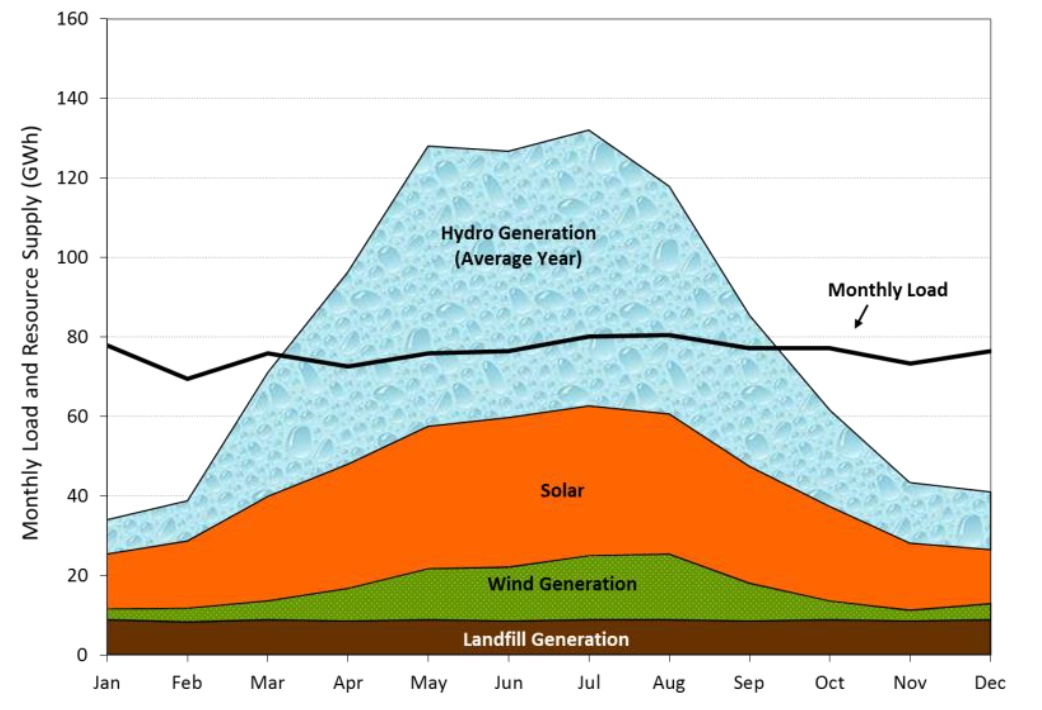
Monthly totals
Palo Alto is 100% carbon neutral calculated on an annual basis
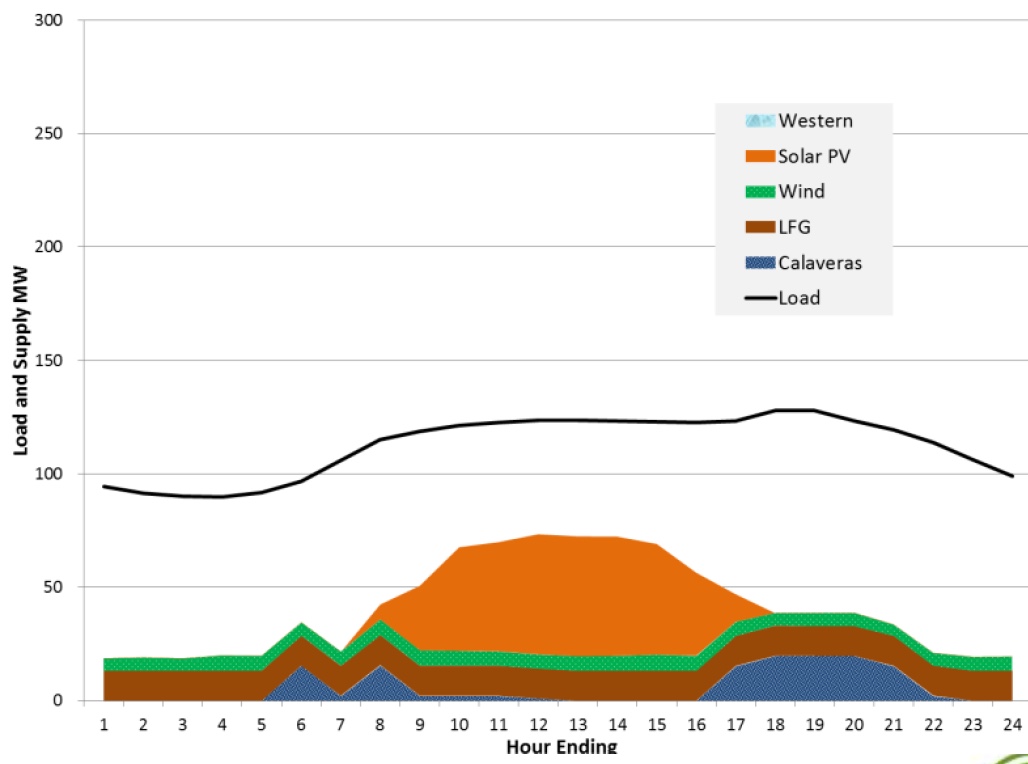
January Average Day
In January, natural gas and imports (shown as white) make up the shortfall every hour of every day.
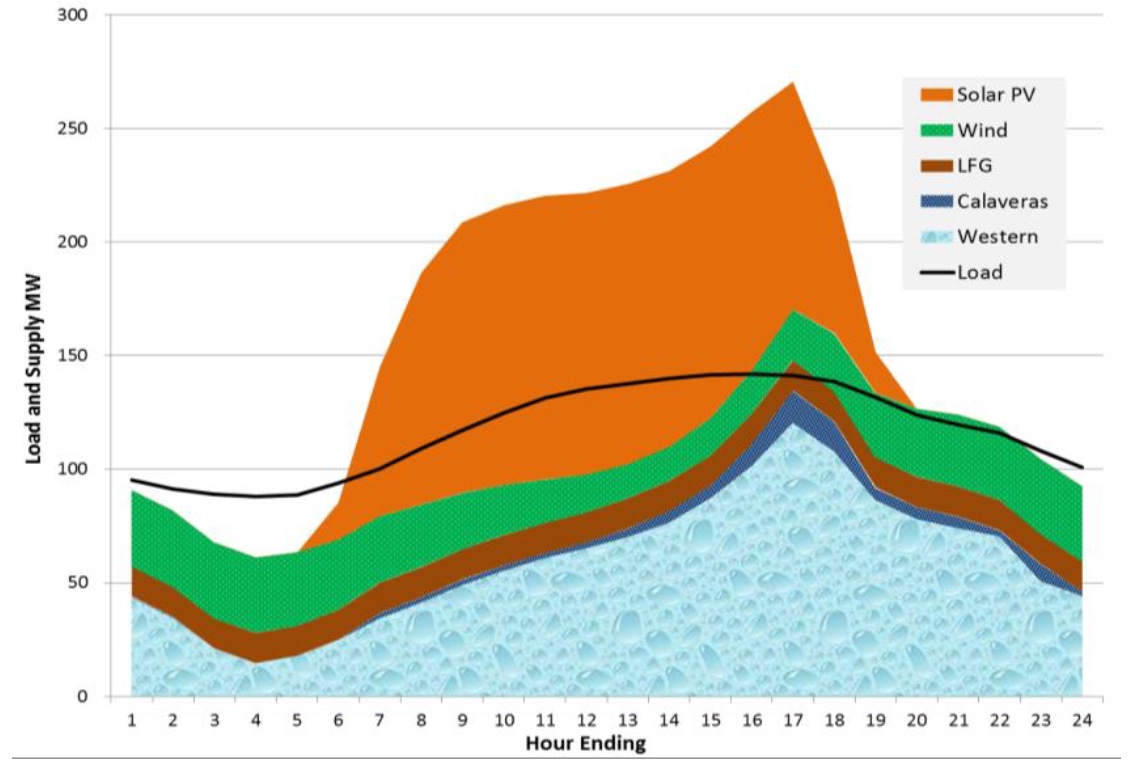
July Average Day
In July overgeneration must be curtailed or sold
Winter nights are particularly challenging for zero-carbon resources other than nuclear, geothermal and hydro. According to the Nov. 22, 2019 data from the California Independent System Operator (CAISO), natural gas and imports (mostly thermal) provided 78% of overnight supply. If all building heating were to electrified, it would push the percentage even higher. That represents a lot of generation assets to retire early and replace. We need to consider how we would do it, how fast, and at what cost to the owners of those assets.
If you would like to view the actual generation mix in your region, many independent system operators have real-time tracking on downloadable apps or their websites.

